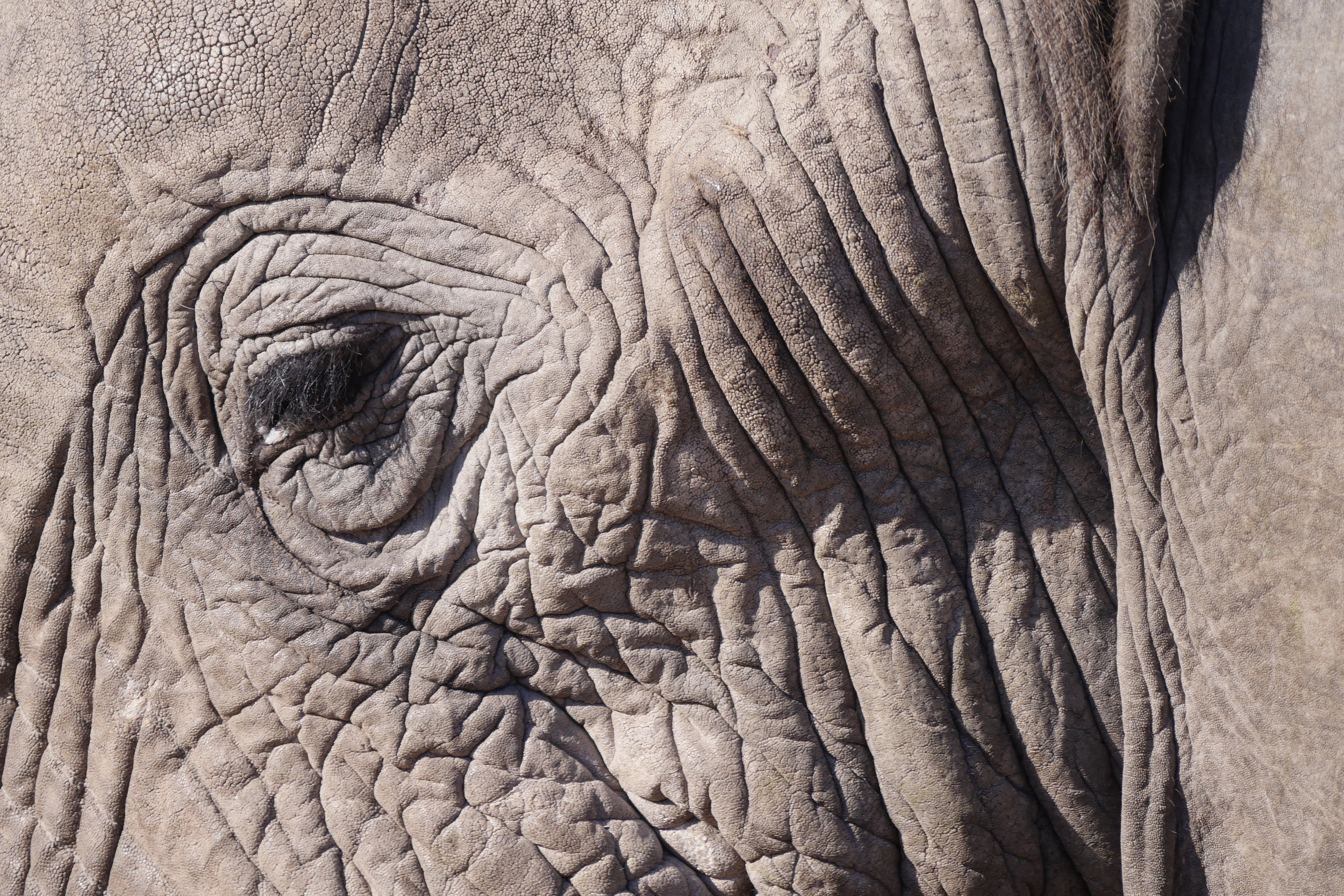(Note: Some time ago I published a version of the following article in OutdoorX4 magazine. I subsequently received more emails thanking me for it than any other article I'd published there. Thus I am reprinting it here. If you agree—or disagree—with it, please like and/or comment!)
For several years my wife and I lived as volunteer caretakers in Brown Canyon, a remote wildlife refuge property in southern Arizona. One of our duties was leading birdwatching hikes up the canyon, which ascended through several biotic communities from desert to oak woodland. And that’s where we had our introduction to listers. We’re both avid birders, but we simply enjoy seeing them, identifying them, and learning their biology. Not so the listers: Their drive is to record the most species possible, and for a small subset of them it becomes an obsession next to which nothing else matters—not the experience or the natural history, not even, sometimes, whether or not the bird they want to check off is disturbed or even driven off a nest, exposing eggs or hatchlings to predation. The cachet of having 1,000, 2,000, 4,000 species on a life list is all that counts.
Why do I mention this in connection with overlanding (besides the fact that non-obsessive birdwatching is a relaxing and educational pastime while camping)? Because frequently, while chatting with newcomers to our activity at the Overland Expo or elswhere, I’m asked, “So, how many countries have you visited?”
When I answer honestly, “I have no idea,” most are surprised, and wonder if I’ve been to so many I’ve simply lost count. That’s not really the case—I could certainly tally them up with a map. And while I know I’ve been lucky enough to travel in many more countries than the average American (who, statistically, has visited three), I also know there are legions of travelers of more modest means than I whose tally would outstrip mine if they cared to add them up. (My friend Lorraine Chittock, for example, has explored several continents on budgets most people would blow through on a trip to Disneyland.)
It’s that emphasis on a tally that makes me uncomfortable, and which makes me deliberately avoid keeping track. Rattling off some memorized total would come off to me as, at best, grandstanding, and at worst intimidating to someone who’s perhaps never been outside the U.S. and is dreaming of broader horizons—or who might be because of finances and/or time “limited” to exploring North America, where I’ve counted many of my most sublime experiences.
And there is my point: It’s the experience that counts, not the count. Here’s an example. My wife and I fell in love with East Africa (Kenya and Tanzania) on separate trips—me on a journalism assignment, she while working for a conservation organization. We’ve since been back together a half-dozen times, both to explore on our own and to work with the South Rift Maasai community on wildlife conservation projects. We could easily have used those additional trips to add to our total of countries visited; however, 1) we’ve not nearly run out of areas to explore in those two countries, and, 2) we’ve made several life-long friends through return journeys and continued interaction. To us that beats the fact that we’ve not yet been to Uganda or Burundi or Rwanda, each just a border away.
Or consider the Italian gentleman we met on a dirt road in a remote part of Tanzania. He was on his way from Cape Town to Cairo . . . on a bicycle. He would pass through “only” eight countries on the journey. You could drive through that many European countries in a day and add them to your list. Who has had the richer experience?
I’ve advised dozens of people planning for their first trip to Africa. Since it is a serious commitment for a North American resident to even get there, most want to cram in as many countries as possible in their two or three weeks. I struggle mightily to convince them to scale back on the countries in order to scale up on the experience. It’s fun to drive through exotic new places, but simply transiting doesn’t really gain you anything of lasting value. Digging in and getting to know a place and its people and its wildlife does.
If you have fun keeping tally of the countries you’ve visited, great. But if the count becomes the chief metric by which you judge your success as an overlander, you might want to reevaluate your priorities and slow down a bit.
Might I suggest birdwatching . . . ?



























